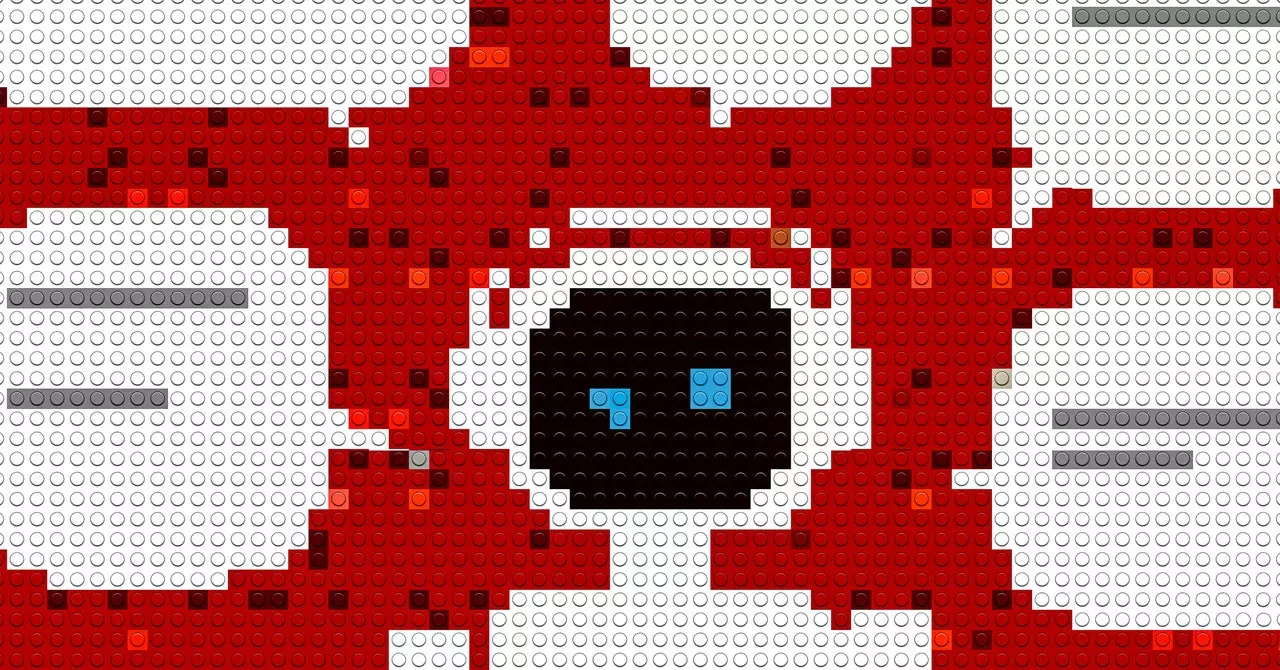When using Midjourney for creating images for a blog post, the process is fun but can result in low-quality images with random elements that may not make sense. The frustration arises when trying to make small changes to an image or realizing that Midjourney generates only square images, which may not be suitable for all types of content such as blog posts. Adding image dimensions to the prompt can create non-square images, but this feature may not be obvious to non-techy individuals. However, it is important to acknowledge that the release of Inpainting by Midjourney in August 2023 allows users to select parts of an image and edit them separately, addressing some of the previous limitations.
ChatGPT has gained popularity with over 100 million active users and has significantly impacted the AI landscape. While some writers may publicly criticize ChatGPT for its limitations in truly creative work due to its reliance on existing data and programmed algorithms, many writers still utilize it for various purposes. ChatGPT is useful for summarizing, distilling, and generating content based on specific prompts. It can aid in research by providing basic explanations, finding synonyms, and suggesting alternatives to phrases. Despite its benefits, ChatGPT may not always have up-to-date knowledge data, limiting its ability to retrieve the most recent studies. Nevertheless, it remains a valuable tool for brainstorming titles, headings, and checking formatting.
For ghostwriters and individuals recording interviews, Otter.ai serves as a transcription tool for calls and meetings. While the transcripts are generally accurate, the platform may encounter technical glitches and limitations. Otter.ai may sign in and out unexpectedly, transcribe only up to 90 minutes at a time even with a paid version, and join meetings without explicit invitation. The default settings of Otter.ai can lead to privacy concerns as it sends transcripts and invites to participants without consent. Despite efforts to disable certain functions, unexpected appearances of the Otter assistant can disrupt meetings and relationships with clients. As a result, finding an automated tool that records and transcribes content seamlessly without compromising privacy remains a priority for users.
The use of AI tools in content creation can provide efficiency and convenience, but it also brings about challenges and preferences. While the allure of advanced technological solutions may create a fear of missing out, taking the time to assess individual needs and values is crucial. Embracing one’s unique voice and style over automated edits from AI tools like ChatGPT can enhance authenticity and creativity in content creation. Additionally, recognizing the importance of undocumented moments and imperfections can contribute to a sense of vitality and spontaneity in storytelling. Establishing boundaries with AI tools, such as prioritizing privacy and data security, can help maintain professional relationships and trust with clients.
Reflecting on personal experiences with AI tools, it becomes evident that each tool has its own strengths and limitations. From tools like Aragon.AI for headshots to AdCreativeAI for ads and social posts, the diverse range of AI applications offers varying levels of ridiculousness, expense, value, effort, consistency, and reliability. Canva stands out for its versatility in designing various types of content, while Midjourney may require more effort to achieve desired outputs. Otter.ai, despite its glitches, remains a consistent tool for transcriptions. Ultimately, understanding the pros and cons of each AI tool can help individuals make informed decisions based on their specific needs and preferences.
The integration of AI tools in content creation presents opportunities for efficiency and innovation, but also challenges regarding quality, privacy, and authenticity. By critically evaluating the performance of AI tools like Midjourney, ChatGPT, and Otter.ai, individuals can navigate the complexities of technology while maintaining a balance between automation and human creativity. Embracing personal preferences and boundaries in using AI tools can lead to a more fulfilling and authentic creative process.


Leave a Reply